Streaming your iPhone screen to a Mac computer provides access to a larger display and also enables screen recording. You can mirror your iPhone screen to a Mac using different ways, including QuickTime, AirPlay, and iPhone Mirroring. This article discusses five methods for streaming from iPhone to Mac.
To ensure high-quality images when streaming to your Mac, try the Hollyland VenusLiv Air camera, which supports 24/7 streaming capabilities. Its large 1/1.3″ CMOS sensor and F1.05 lens support cinematic 4K image quality, while its built-in AI tuning feature enhances your overall streaming experience.


Hollyland VenusLiv Air - Compact 4K Streaming Camera
A compact, all-in-one 4K live streaming camera with a large sensor and fast lens, featuring AI-powered tools.
Key Features: 4K30 | 1/1.3″ CMOS | AI Tuning | 24/7 Streaming
Ways to Stream from iPhone to Mac
You can stream content from your iPhone to a Mac using several methods. This section will outline five ways to do that, including the following:
Way 1. Using QuickTime
This is probably one of the easiest ways to mirror your iPhone screen to a Mac since you only need a lightning-to-USB cable to establish a connection:
Step 1. Connect the iPhone to your Mac via a Lightning-to-USB cable.
Step 2. Launch QuickTime on your Mac and select “File” > “New Movie Recording.”

Step 3. Click the down arrow next to the red record button.
Step 4. Choose your iPhone from the list of available devices.

Step 5. Your iPhone screen will then mirror to your Mac if the connection is successful. You can now access your phone’s screen from your computer.
Way 2. Using AirPlay
This method requires that you connect both devices to the same network. Additionally, your iPhone must be running iOS 14 or later, while your Mac should have macOS Monterey or a later version installed.
Step 1. Connect your Mac and iPhone to a stable Wi-Fi network.
Step 2. Open your Mac’s System Settings and click on “General”>”AirDrop & Handoff” and ensure “AirPlay Receiver is turned on.”

Step 3. Next, access the Control Center on your iPhone and tap on “Screen Mirroring.”

Step 4. Select your Mac from the available devices.

Step 5. Once a connection is established, your iPhone screen will start mirroring to your computer. You can then access all your iPhone content seamlessly.
Way 3. Using iPhone Mirroring
iPhone Mirroring is a native feature of the Apple ecosystem that lets you easily mirror your iPhone to a Mac and interact with it using your computer’s mouse, trackpad, and keyboard. This feature is only available on Mac computers with the Apple T2 security chip and running on macOS Sequoia or later. Your iPhone should also have iOS 18 or later installed.
Step 1. Launch the iPhone Mirroring app on your Mac, which is typically located in the Dock or Applications folder.

Step 2. When the following screen appears, click “Continue,” then select “Unlock with password.”

Step 3. Next, when the “Allow Notifications from iPhone” screen displays, select “Allow” then “Get Started.”

Step 4. Upon a successful connection, your iPhone’s screen will display on your Mac’s interface. You can now interact with all the elements directly on your Mac.

Step 5. During the entire connection period, your iPhone screen will remain locked, displaying a notification that your device is being used on your Mac. The mirroring will automatically pause after a significant period of inactivity.
Way 4. Using AirDroid Cast
AirDroid Cast is a third-party screen mirroring tool compatible across various platforms, including iPhones and Macs. To get started, you’ll need to install the application on your iPhone.
Step 1. Download, install, and launch AirDroid Cast on your iPhone.
Step 2. Next, go to webcast.airdroid.com on your Mac’s browser.
Step 3. Using your iPhone, scan the QR code displayed on your Mac. Accept the necessary requests to initiate the casting.

Step 4. When a connection is established, your iPhone’s screen will display on your Mac. You can now start interacting with it directly on your computer.
Way 5. Using Reflector
Reflector is another third-party tool that supports mirroring an iPhone screen to a Mac. It works similarly to AirPlay and is often the best alternative when the latter has failed, thanks to its stable connection.
Step 1. Download, install, and launch the Reflector app on your Mac.
Step 2. Connect your iPhone and Mac to the same Wi-Fi.
Step 3. Next, swipe up your iPhone screen to access the Control Center, then select the “Screen Mirroring” option.

Step 4. From the list of available devices, select “Reflector.” You’ll then need to input a passcode displayed on your Mac to initiate the connection.
Step 5. If successful, your iPhone’s screen will display on your computer.

Why Mirror iPhone Screen to a Mac?
You may want to stream your iPhone screen to a Mac due to the following reasons:
- Larger display: Mirroring your iPhone’s screen on your computer provides access to a larger display, ideal for teaching or presentations.
- Gaming experience: If you want to have fun playing your iOS games on a bigger screen, mirroring your iPhone’s screen is the best solution.
- App testing: Mirroring an iPhone screen to a Mac makes it easy for developers to preview and debug their apps.
- Screen recording: It’s easy to record your phone’s screen once you’ve connected it to a computer. This is an efficient method for creating tutorials or demos.
- Remote collaboration: Sharing your iPhone screen with a computer makes it easy for you to collaborate with your team during video meetings.
Conclusion
You can stream from your iPhone to a Mac computer using both wired and wireless methods. Wired methods offer a lag-free connection, whereas wireless methods let you stream to your Mac from anywhere. A good quality camera is essential if you want to stream high-quality images from your phone to a computer.
FAQs
1. Can I mirror my iPhone to a Mac without Wi-FI?
The answer is YES. You can achieve this using QuickTime, which allows you to connect to your computer via a Lightning cable. This method often offers a more reliable connection and the ability to record uninterrupted for long hours.
2. Why can’t I find my Mac when trying to AirPlay from my iPhone?
First, verify that both devices are connected to the same Wi-Fi network. If that’s okay, you also need to ensure that “AirPlay Receiver” is turned on on your Mac. Additionally, your Mac must be running on macOS Monterey or later for a successful connection.
3. Does screen mirroring affect iPhone performance or battery life?
Since you’ll connect your iPhone to a Mac via Wi-Fi, it will consume extra power. This, in turn, will affect the battery life. Remember to connect your iPhone to a charger during the mirroring session.
4. What’s the best method for recording iPhone screen activity on a Mac? QuickTime Player is the best option for recording iPhone activity on a Mac, as it uses a wired connection. With this method, there’s zero lag and high-quality video.
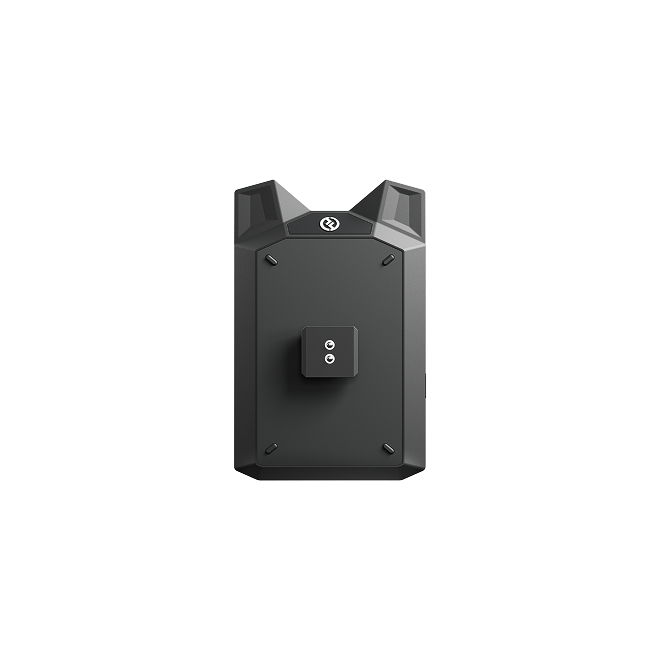

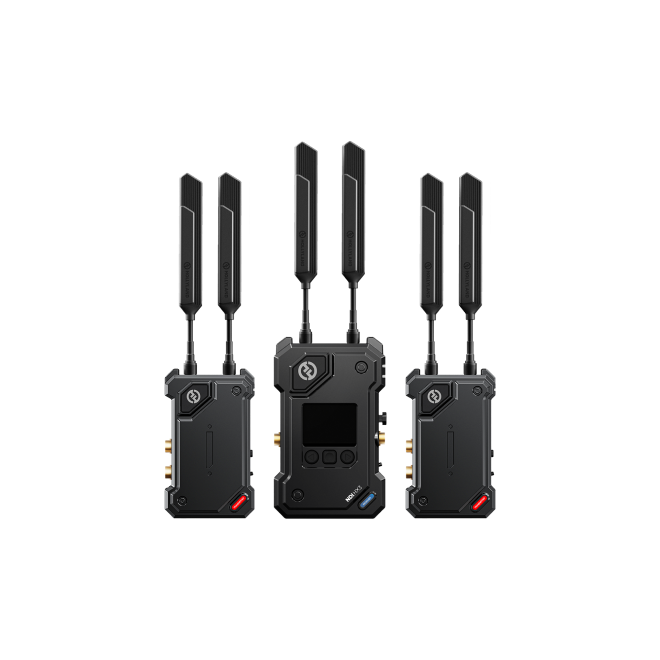
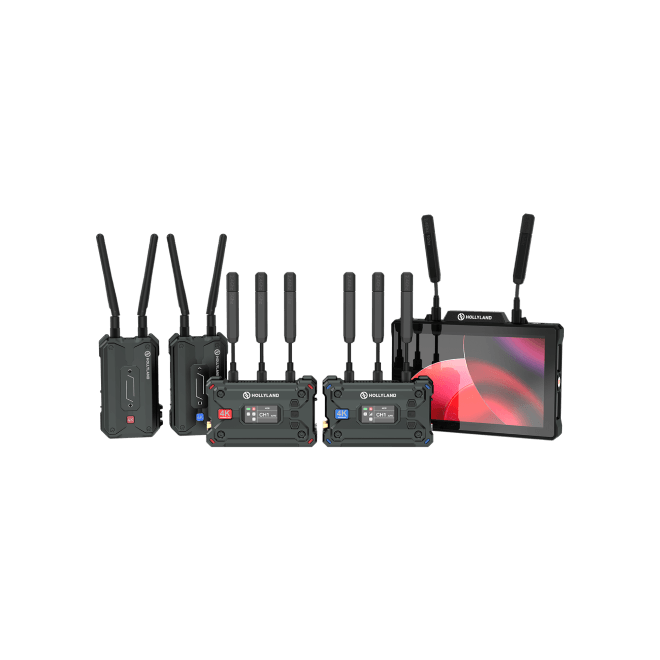

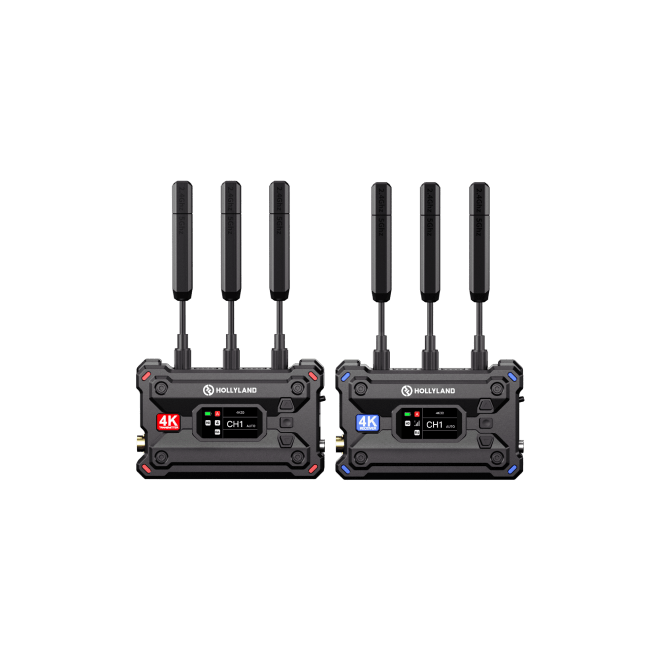
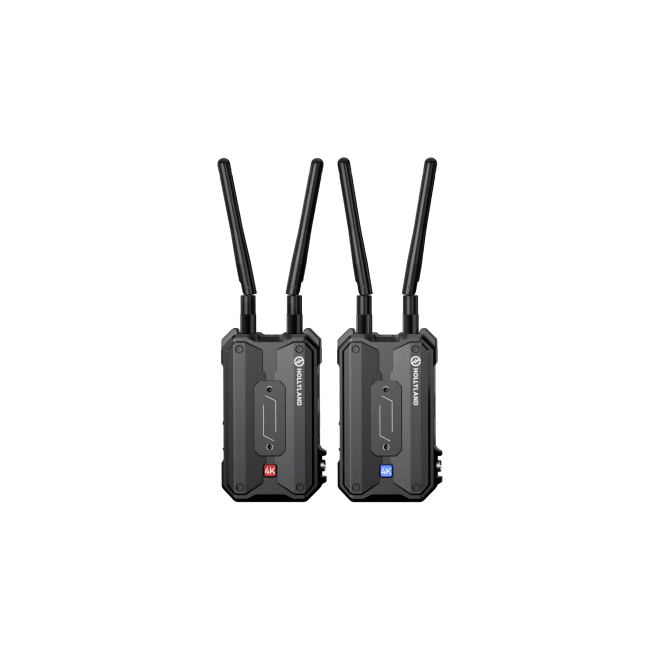
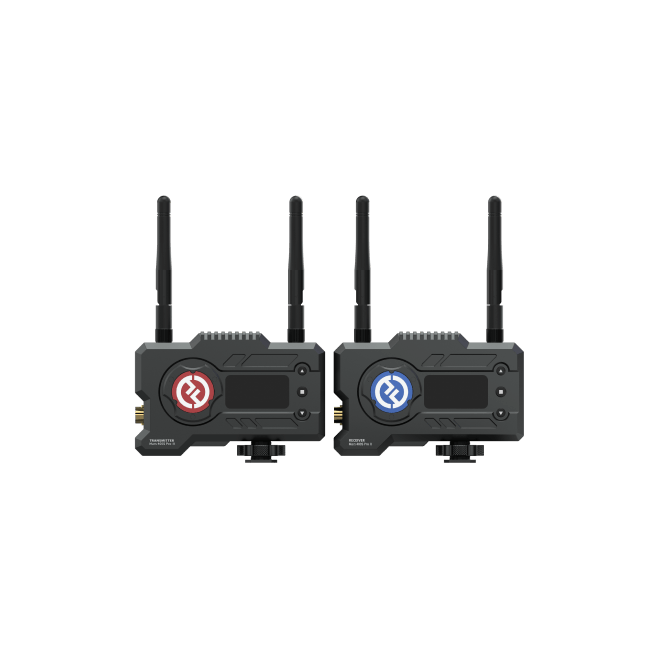
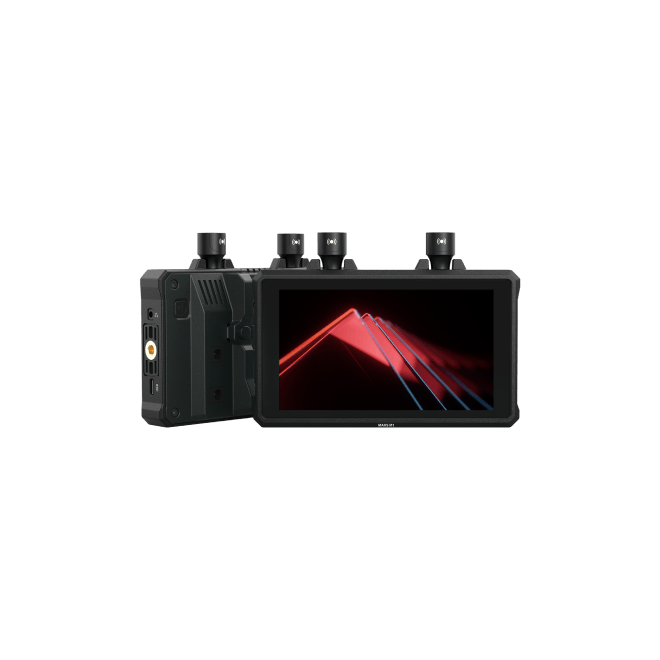
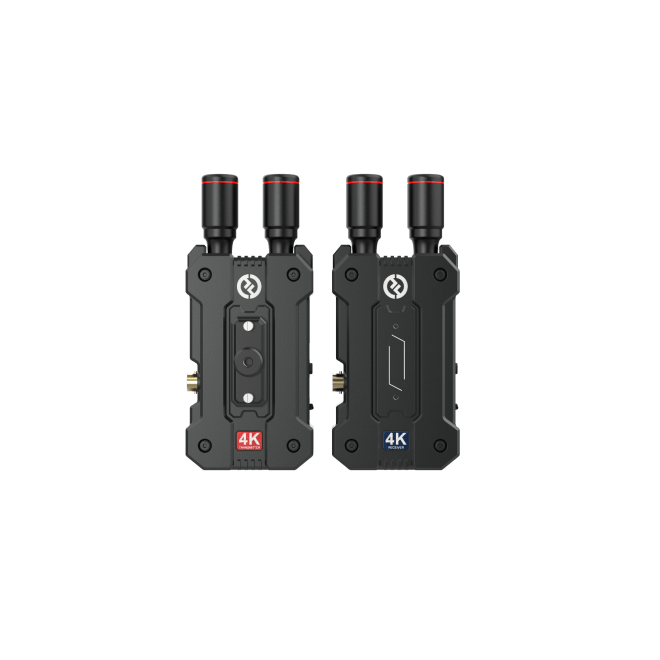
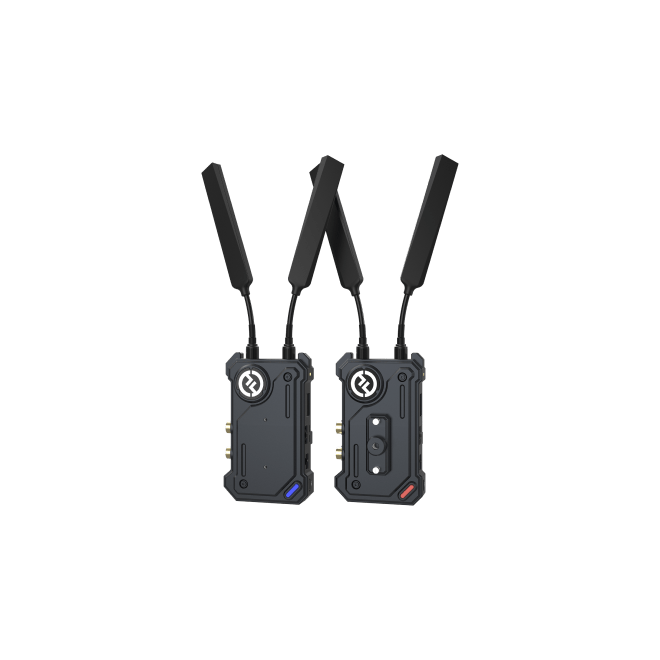
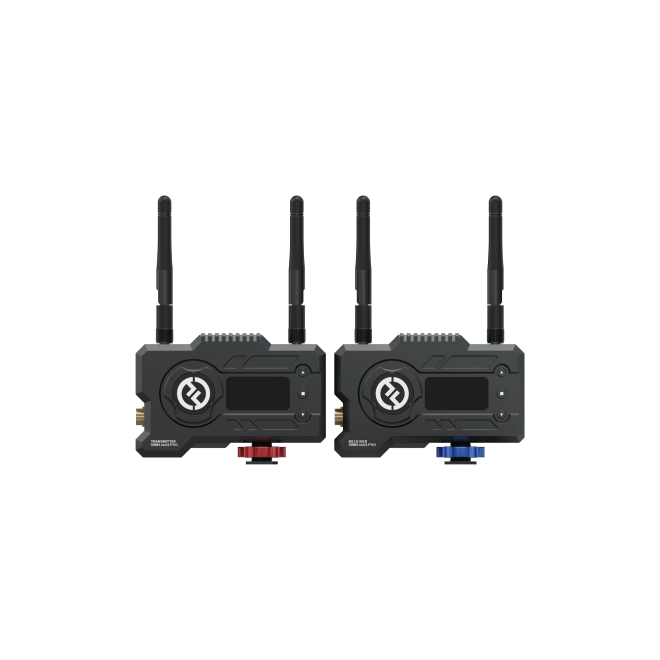
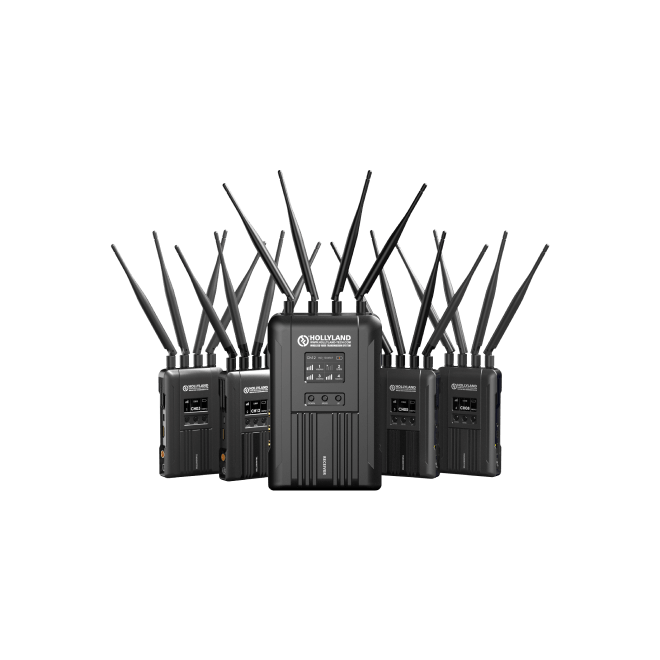
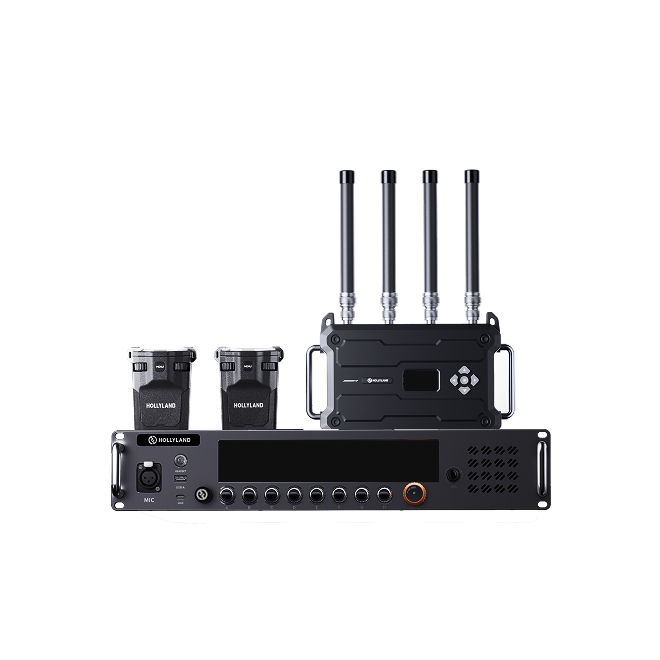



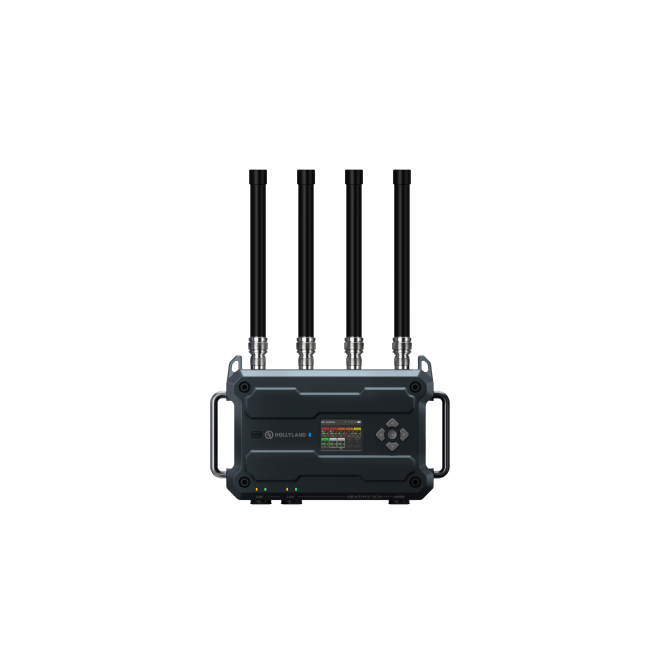




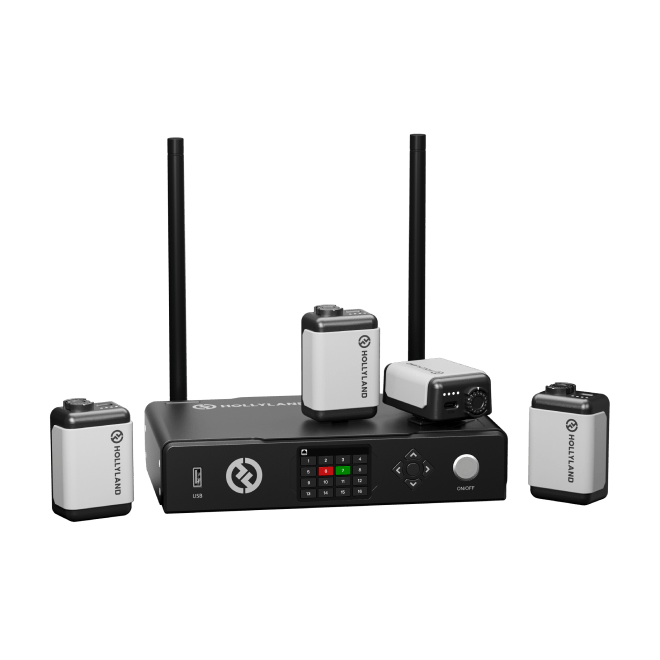

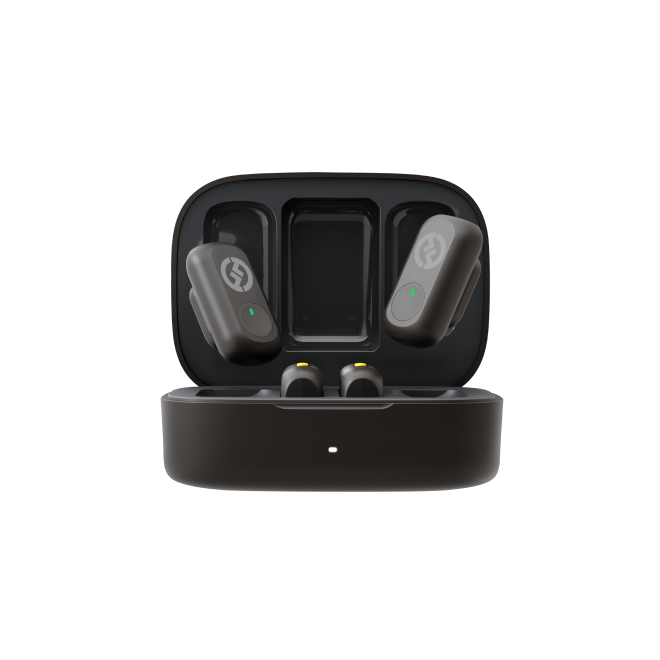

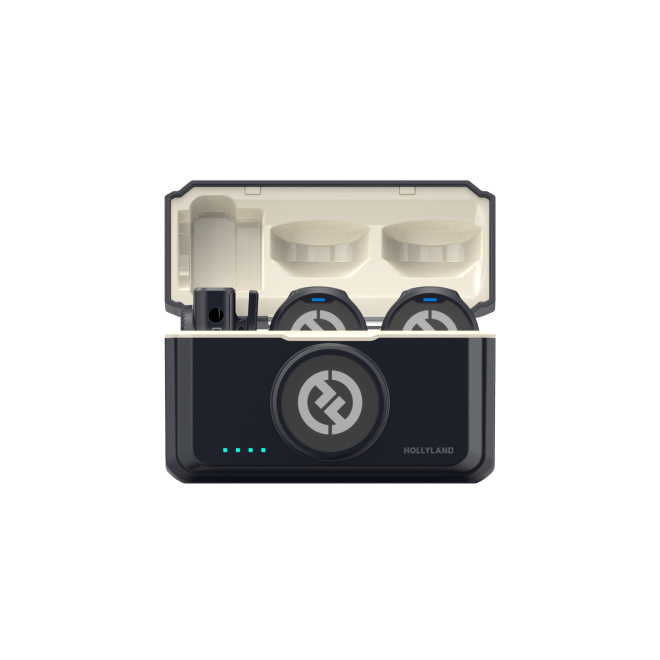



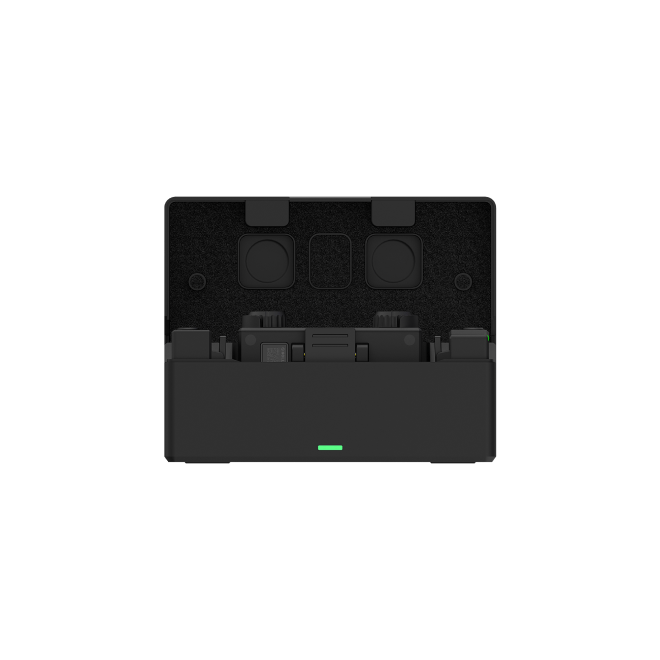


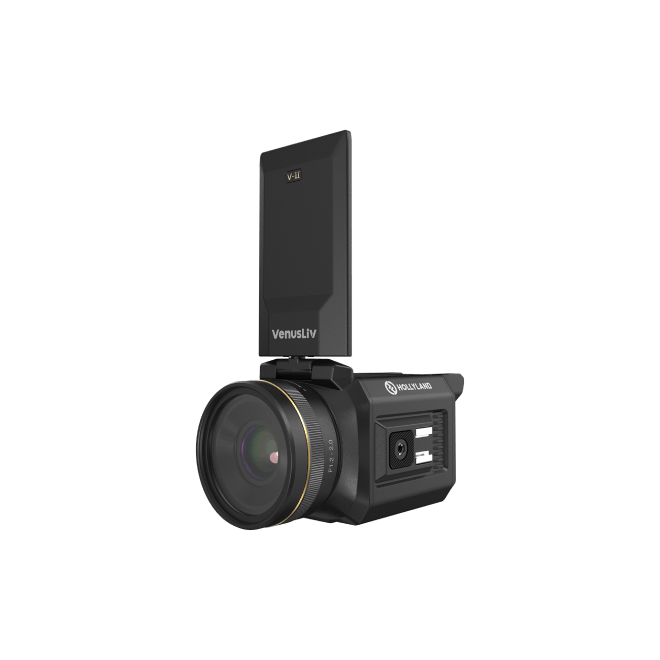
.png)




